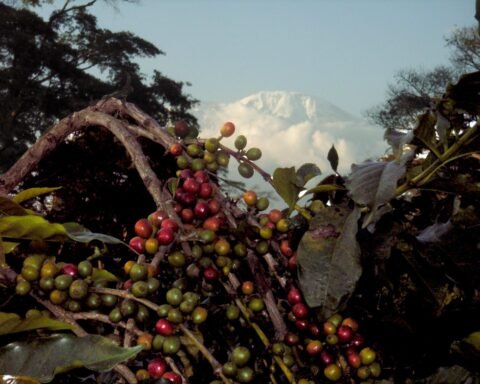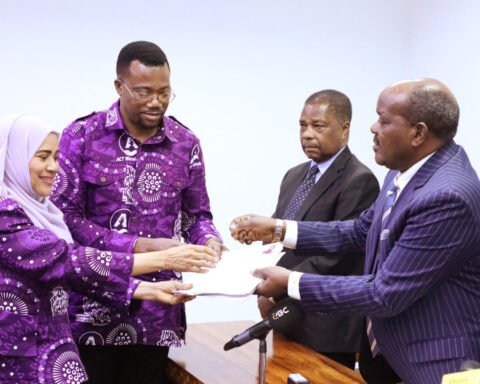Tanzania has taken another step forward in strengthening its climate and weather monitoring capacity, thanks to new equipment and technical support from the Southern African Development Community Climate Services Centre (SADC CSC).
This week, a delegation of regional climate experts visited the Tanzania Meteorological Authority (TMA) headquarters in Dar es Salaam to hand over advanced meteorological tools supplied under the Intra-ACP Climate Services and Related Applications (ClimSA) programme.
The team, led by project coordinator Surekha Ramessur, officially delivered a set of specialized equipment that includes a ClimSA Client Workstation, two servers, and a data rescue unit designed to safeguard critical weather records. The donation, officials said, will enhance Tanzania’s ability to issue reliable forecasts, strengthen its early warning systems, and improve data storage for long-term climate research.
Receiving the consignment on behalf of the Acting Director General, TMA’s Director of Infrastructure and Technical Services, Dr Pascal Waniha, expressed deep appreciation for the support. He noted that such investments come at a time when climate change is increasing the frequency and intensity of extreme weather events. “This equipment will enable us to respond faster, provide timely alerts, and build resilience in vulnerable communities,” he said.
Also Read; Trump Urges Zelenskyy to Consider Diplomatic Solution
The visit was not limited to a ceremonial handover. The SADC experts also inspected the new Eastern Zone regional office and toured the under-construction Tsunami Early Warning Centre, both of which represent Tanzania’s expanding climate infrastructure.
Ramessur praised TMA’s progress and reiterated SADC CSC’s commitment to helping member states share knowledge and technology. “Climate does not recognize borders,” she remarked. “When one country strengthens its forecasting systems, the entire region benefits.”
The initiative forms part of ClimSA, a programme financed through the 11th European Development Fund and implemented across Africa, the Caribbean, and the Pacific. Its goal is to improve access to climate information, support national meteorological agencies, and integrate climate data into planning for sectors like agriculture, health, and disaster risk management.
For Tanzania, the timing could not be more crucial. Rising sea levels, recurrent floods, and unpredictable rainfall patterns have put added pressure on communities, making early warning systems and accurate forecasting essential for survival. By embracing regional partnerships, TMA is not only upgrading its technical capacity but also reaffirming Tanzania’s role as a proactive partner in the global fight against climate change.







